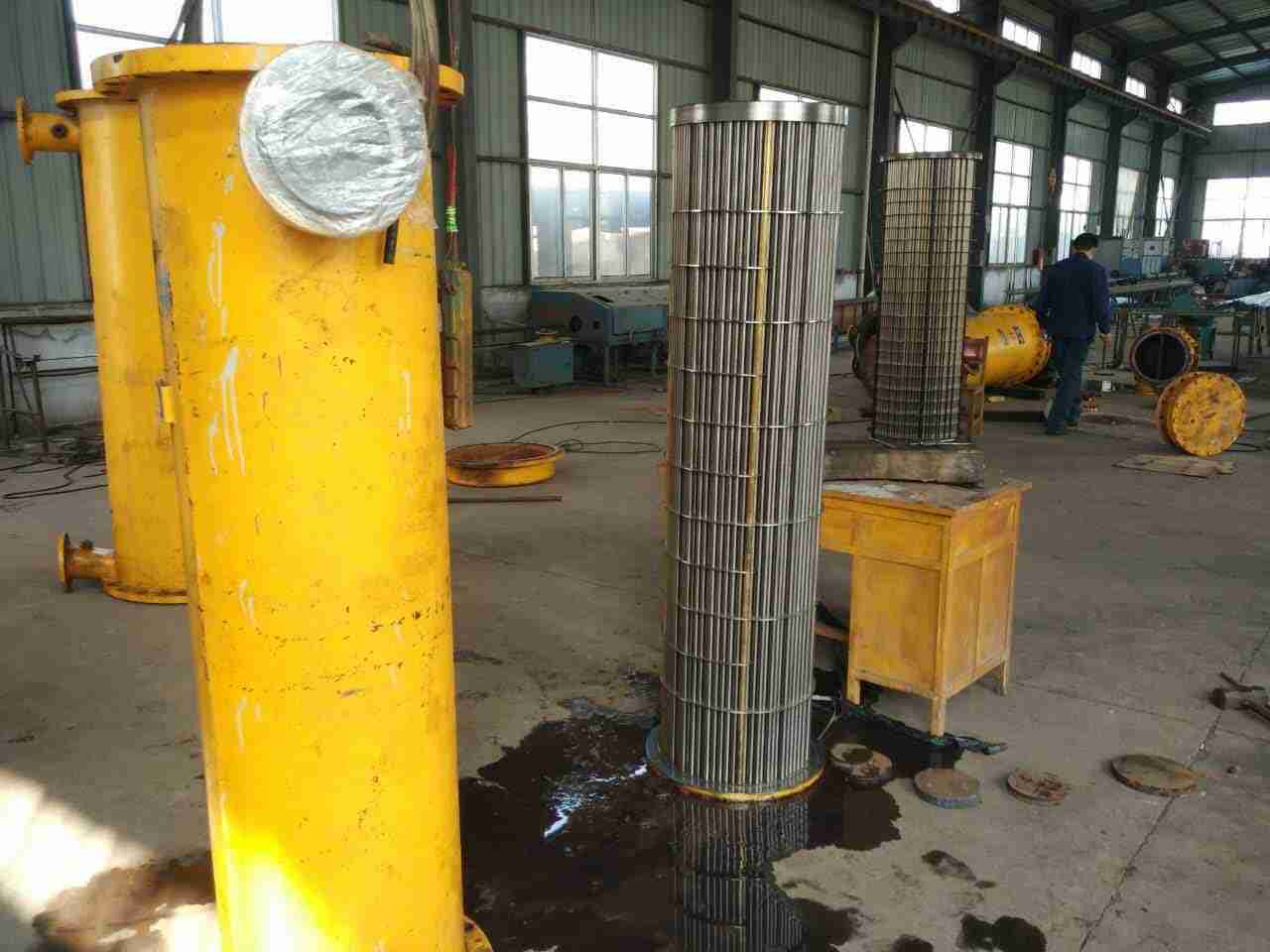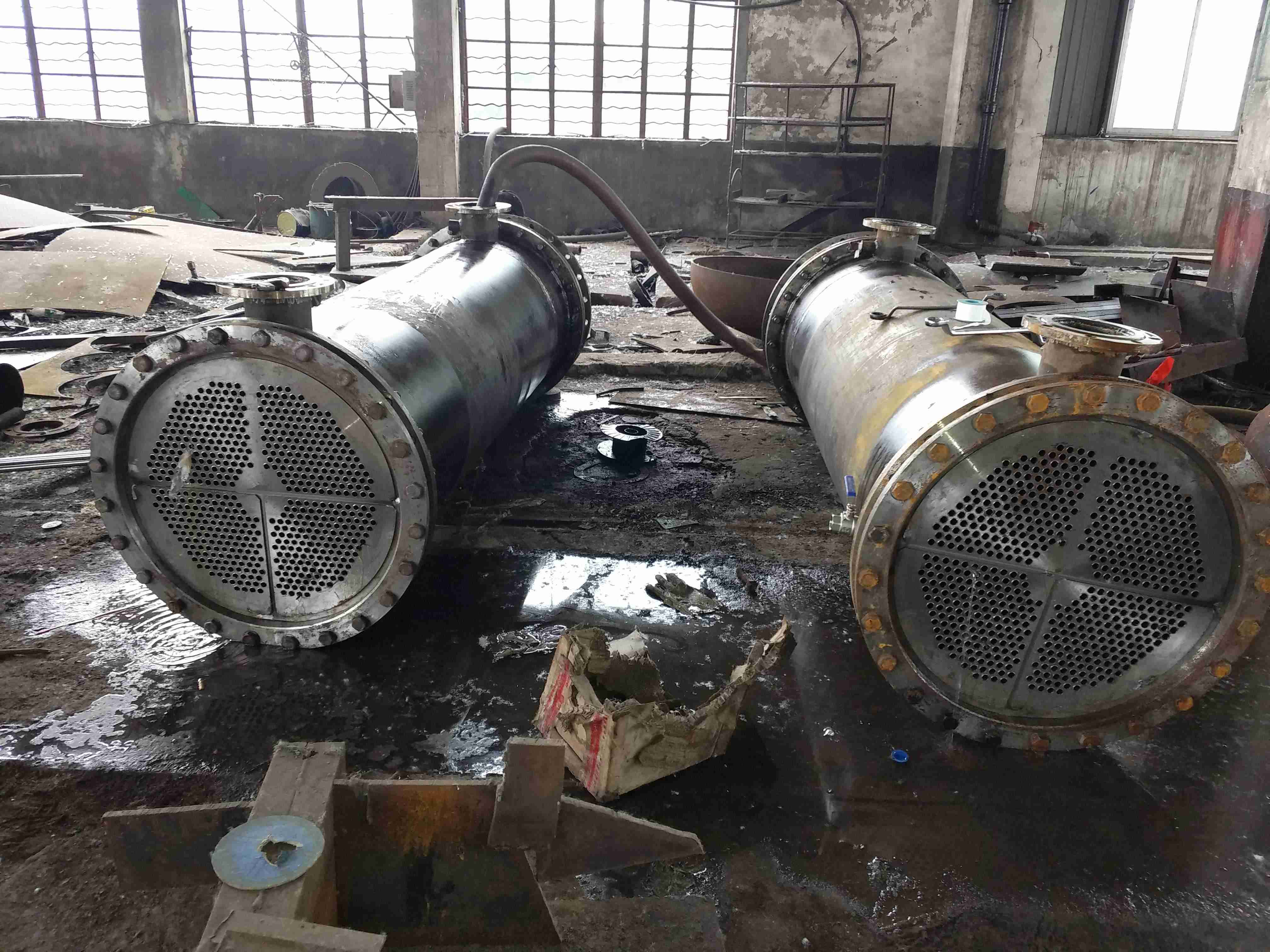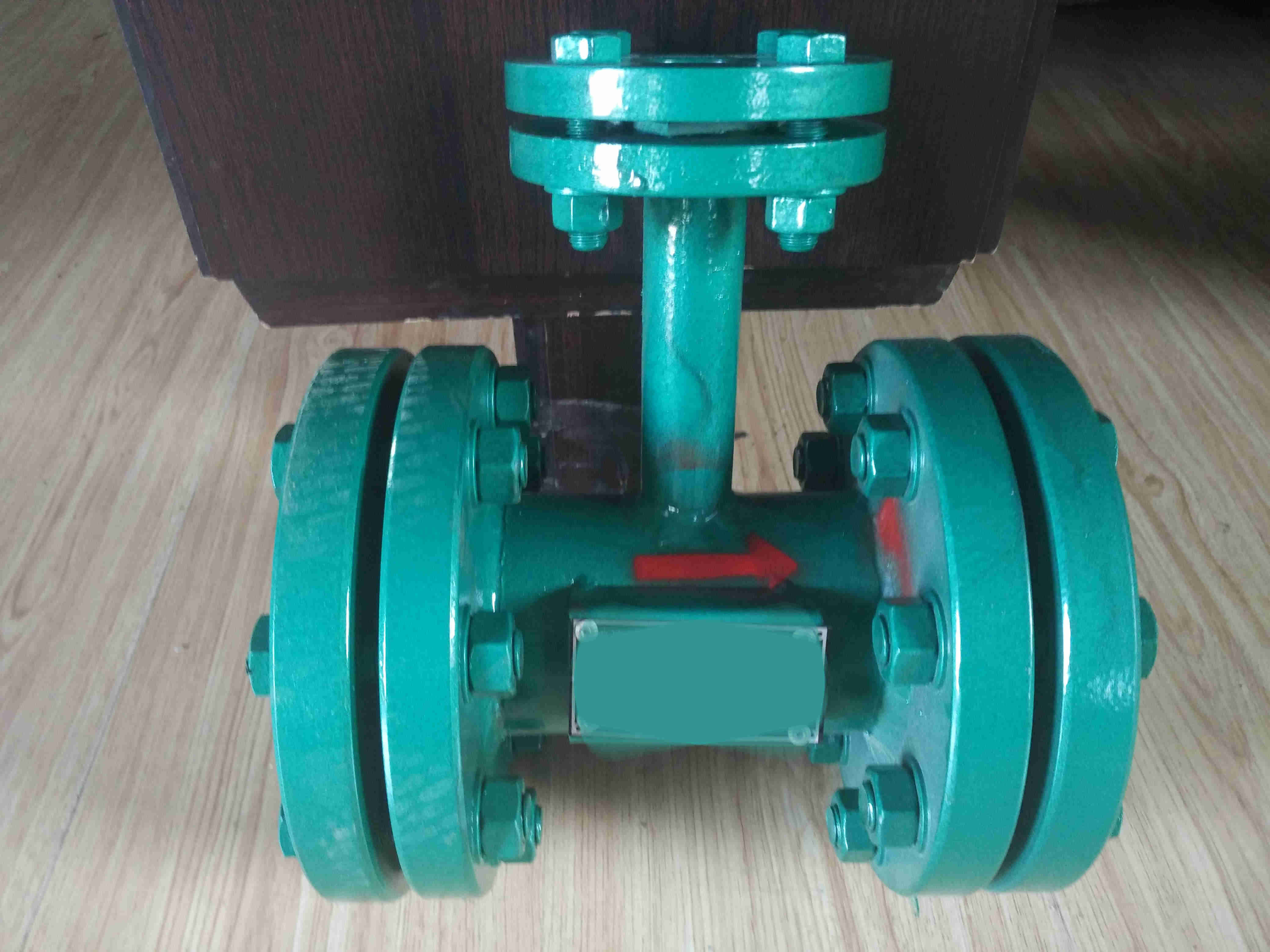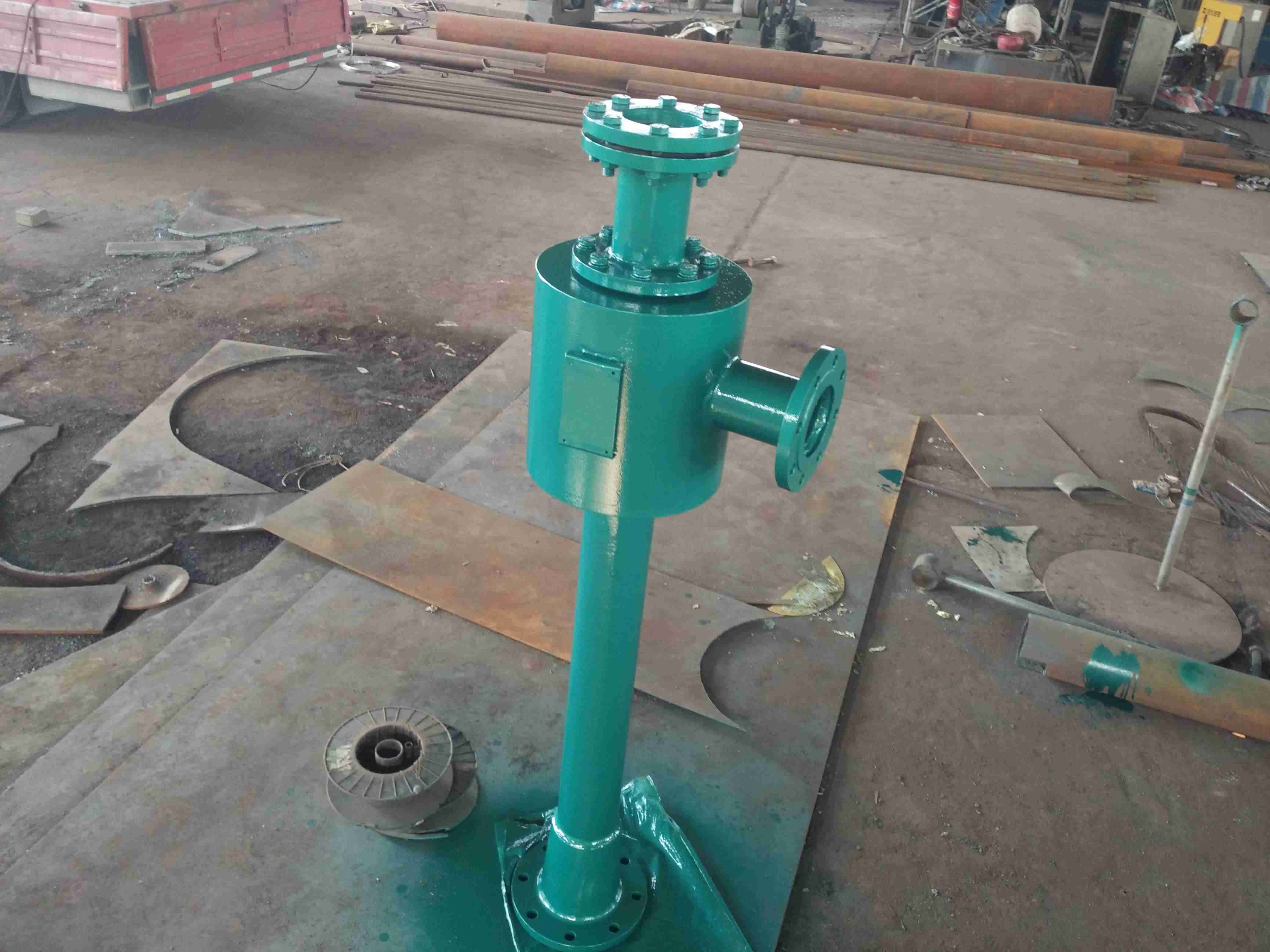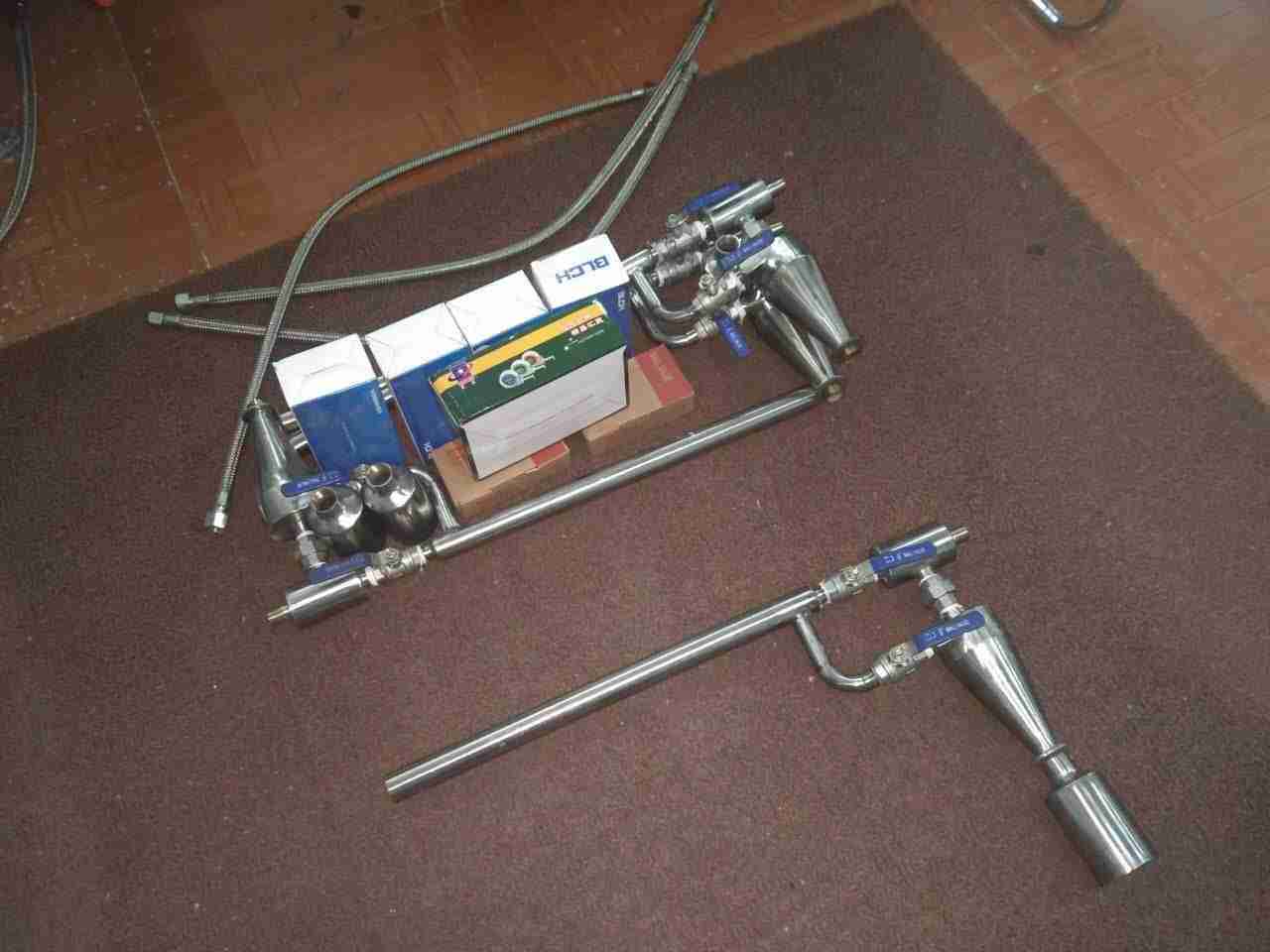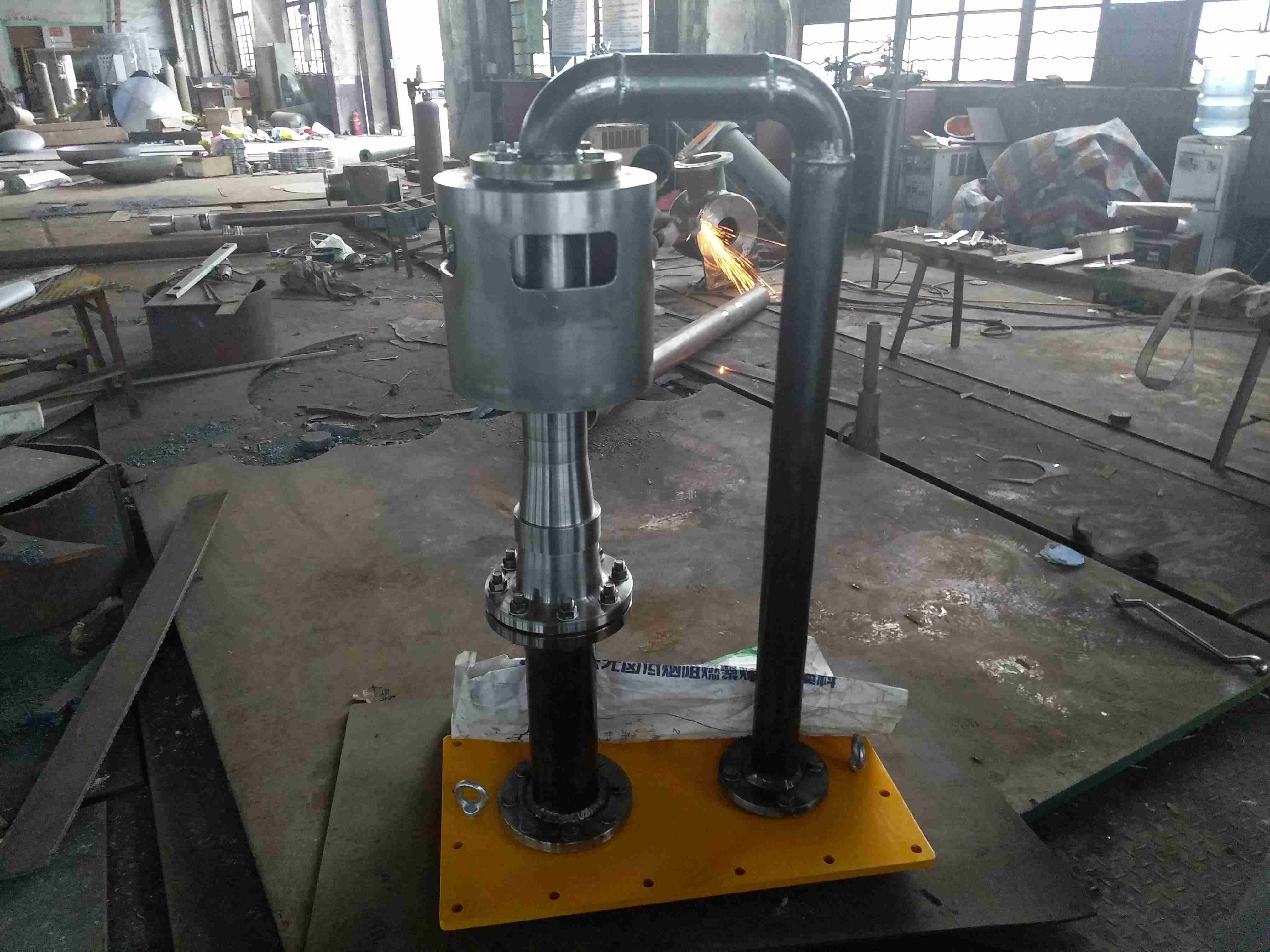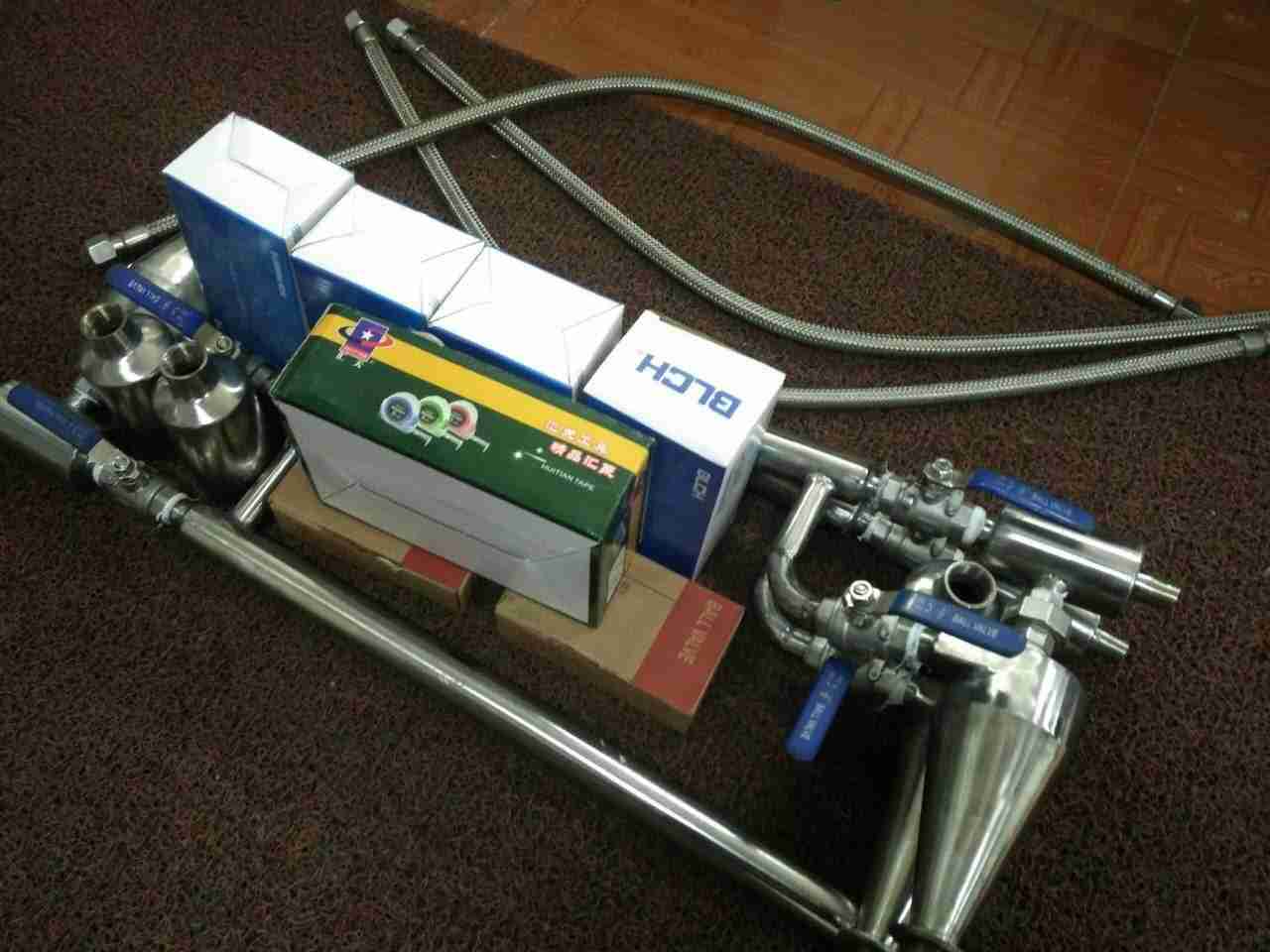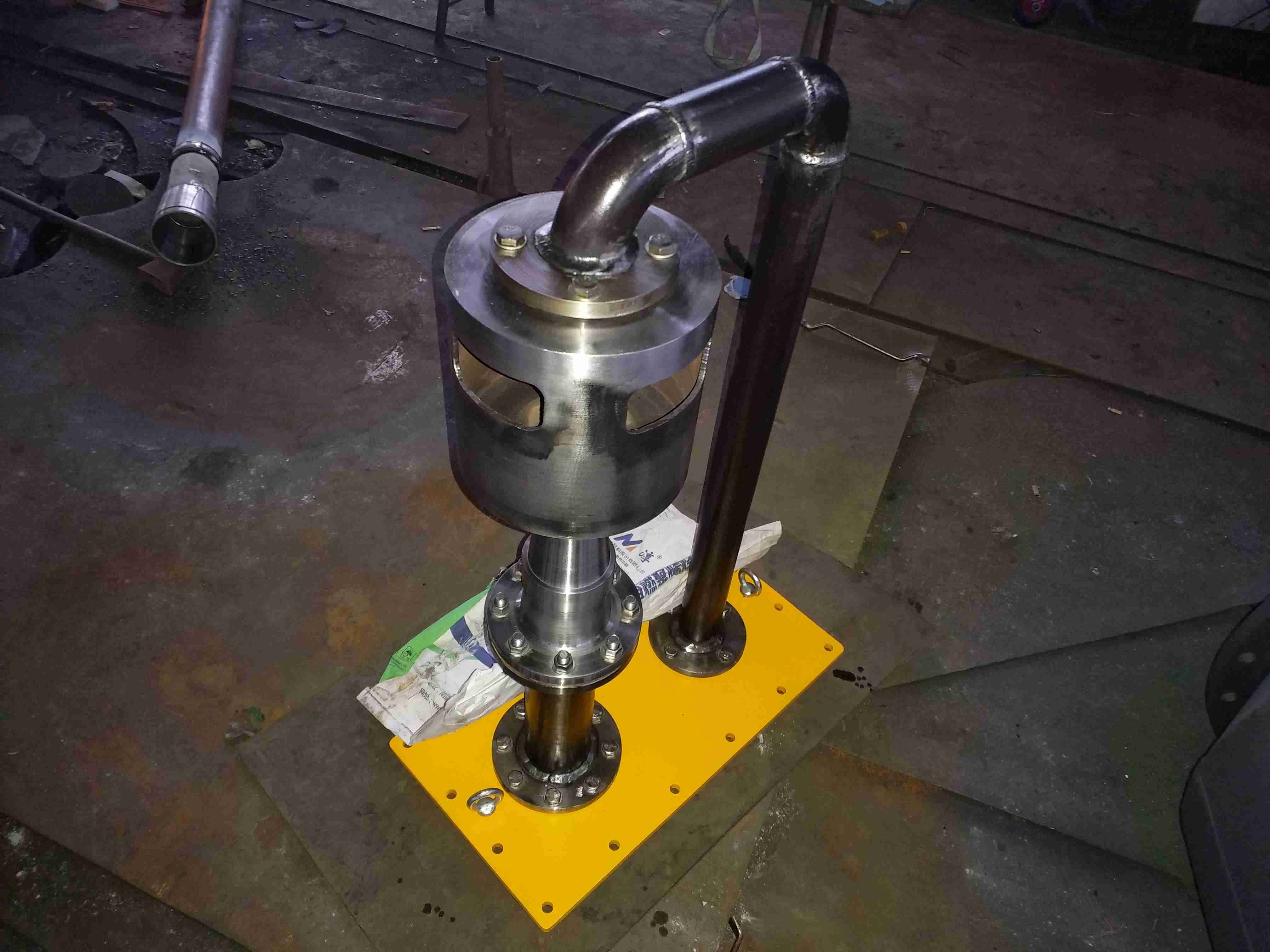Introduction to tube replacement of waste heat recovery device and energy collector:
As long as it is used for: boiler waste heat recovery device, also known as energy collector and recovery device, it is commonly used for condensate recovery device, deaerator waste heat recovery, continuous sewage expansion tank waste heat recovery, continuous sewage expansion tank waste heat recovery, flue gas waste heat recovery, deaerator exhaust gas recovery, deaerator exhaust steam recovery, flue gas waste heat recovery and other purposes.
The condensate recovery device is an essential cooling equipment for steam turbine generators. Due to pollution in rivers and lake systems, the corrosion rate of the cooling pipes in the condensate water recovery unit has intensified, resulting in frequent leakage of the condensate water recovery unit, severely affecting normal production- Copper pipes are prone to corrosion by ammonia ions and sulfides, causing leakage. At the same time, due to the unsmooth inner wall of the copper tube, it is easy to attach microorganisms and various dirt, greatly reducing the use of the copper tube. The use of stainless steel tubes for the replacement of condensate water recovery equipment is economical. Under the same heat exchange area, the cost is about 60% of that of copper tubes, and the tubes can be directly replaced. Stainless steel pipes are made by highly automated pipe making equipment, which is formed by self corrosion solution welding and flipping. They are filled with gas protection (inner and outer sides of the pipe) under any metal filler and welded using TIG technology, and undergo in solution eddy current testing. In order to eliminate stress on the pipe, heat treatment can be carried out at a high temperature of 1040 ℃ under protective gas, or time-vibration treatment can be carried out as needed. Compared to copper pipes, stainless steel pipes of condensate water recovery equipment are corroded. Has good resistance to vibration and wear. Its usage is three times that of copper pipes. Not easy to pollute, not easy to spread, can survive for 30 to 40 years; Although the thermal conductivity of stainless steel is inferior to that of copper, the thermal resistance of the pipe wall only accounts for 3% to 5% of the total thermal resistance. But the heat transfer of stainless steel is better than that of copper alloy because it has higher flow rate, cleanliness coefficient, and wall thickness- The production technology, supply specifications, performance indicators, testing methods, and scale of inner thin-walled welded stainless steel pipes have reached an international level. The thermal conductivity of stainless steel pipes is lower than that of copper pipes, but the difference in thermal conductivity is reduced by reducing the wall thickness., Due to the smoother inner wall and higher convective heat transfer coefficient of stainless steel pipes compared to copper pipes, and the smoother outer wall and higher condensation heat release coefficient of stainless steel pipes compared to copper pipes, the overall heat transfer coefficient of stainless steel pipes with a wall thickness of 0.7mm is about 2.124% higher than that of copper pipes with a wall thickness of 1mm according to the testing and calculation of one unit; As the operation time prolongs, the total heat transfer coefficient of the stainless steel tube in the condenser gradually decreases, and the decrease rate of the total heat transfer coefficient of the copper tube is faster than that of the stainless steel tube. In the long run, the use of stainless steel pipes can improve the economic benefits of the entire unit and also enhance the safety of the unit.
Heat recovery device tube exchange and energy collector tube exchange - U-shaped tubes are generally used as cooling tubes for heat exchange tubes. Stainless steel U-shaped tubes are mainly used for various electrical instruments, condensers, heat exchange equipment, heat exchangers, low-pressure heaters, volumetric heat exchangers, boiler related auxiliary equipment, superheaters, heat exchangers, and refrigerators using welded austenitic stainless steel pipes. Material selection: Stainless steel pipes, brass pipes, purple copper pipes, white copper pipes, aluminum alloys, 20G, carbon steel pipes, boiler pipes and other components for heat transfer pipelines, which have applications in petroleum, chemical, air conditioning, thermal power, nuclear energy and other projects. The stainless steel U-shaped pipes provided by Lianyungang Lingdong have complete specifications and group spacing. Mainly produces stainless steel austenite - types: 304 stainless steel U-shaped pipe/304L stainless steel U-shaped pipe, 316 stainless steel U-shaped pipe/316L stainless steel U-shaped pipe, etc.
Heat recovery device tube and energy collector tube and core replacement transformation form:
We are a manufacturer of stainless steel heat exchange tubes, cooling tubes, and finned tubes for volumetric heat exchangers. We have undertaken large-scale condensers, oil coolers, high-pressure heaters, low-pressure heaters, siphons, gland heaters, fixed tube plate heaters, U-shaped tube heaters, coil heaters, volumetric heat exchangers, water, steam, and hot water heat exchangers, air coolers, air coolers, tube heat exchangers, marine oil coolers, and floating head heat exchangers, Evaporator and other pipe and core replacement renovation projects. Material of heat exchange tubes for volumetric heat exchangers: Heat exchange tubes for volumetric heat exchangers, stainless steel tubes (304316L, etc.), copper tubes, brass tubes, white copper tubes, and titanium tubes. The volumetric heat exchanger can directly replace the core, tube plate, and tube bundle. The tube bundle is a straight tube, and we can also replace it with a U-shaped tube, depending on the original equipment. Too large volumetric heat exchangers can be replaced on site with tube bundles. In order to improve the speed of tube replacement and save time, small equipment is directly shipped to the company for replacement.
Heat recovery device tube and energy collector tube and core replacement renovation - Energy:
The waste heat recovery device is a heat exchanger manufactured by utilizing the high heat transfer of heat pipes and their environmental adaptability. It is mainly used in industrial energy-saving fields and can recover waste heat existing in gaseous, liquid, and solid media. According to the state of hot and cold fluids, heat pipe waste heat recovery devices can be divided into gas gas, gas steam, gas liquid, liquid liquid, and liquid gas types. According to the structure of the recycler, it can be divided into integral, separated, and combined types.
1. The heat transfer rate of the waste heat recovery device is not high, and it also has great energy-saving effects. Because in these waste heat recovery devices, the heat pipes they use are not all vacuum structures, so when the liquid or gas inside the pipes conducts heat transfer operations, the surface thermal resistance will be very small. Moreover, the waste heat recovery device also has high thermal conductivity. Therefore, in recent years, More and more factories and different industrial production areas have installed waste heat recovery devices, which can recover and utilize the waste heat generated by industrial production, thus achieving efficient utilization of resources.
2. The waste heat recovery device is highly reliable during operation, so there are no safety hazards. Moreover, we can use the waste heat recovery device continuously for a long time for waste heat recovery and utilization. Because most waste heat recovery devices use a wall to wall heat exchange method, hot and cold fluids exist on both sides of the device wall, which will not cause damage to the pipe wall and prevent leakage.
3. We all know that the waste heat recovery device has been working for a long time - after a long time, a lot of dust will accumulate inside its pipeline. However, we can easily clean the inside of the pipeline. For example, we only need to open the button on the ash removal door installed on both sides of the waste heat recovery device, so that we can achieve clean ash removal in a very short time.
Deaerator waste heat recovery device -:
1. Simple structure, long-term use requires repair.
2. Heat and mass transfer - fruit -, energy-saving - fruit -.
3. Safe and reliable operation, - adverse effects occur.
4. Eliminating air pollution and noise pollution caused by exhaust has improved the environment.
5. The inlet temperature of the desalinated water in the deaerator has been increased, and the content of dissolved oxygen has been reduced, playing a role in energy conservation and consumption reduction.
The principle of pipe and core replacement renovation for waste heat recovery device and energy collector:
The waste heat recovery high heat exchange device includes a heat exchange inner tube, the outer side of the heat exchange inner tube is equipped with a heat exchange outer tube, and several guide plates are set between the heat exchange inner tube and the heat exchange outer tube. The spiral distributed guide plate separates the space between adjacent heat exchange inner tubes and heat exchange outer tubes into a spiral channel. The heat exchange medium flows along the spiral channel, prolonging the flow path of the heat exchange medium and the interaction time between the heat exchange medium and the heat exchange tube, overcoming the shortcomings of existing technical heat exchange devices; In addition, the use of alternating sheet shaped guide plates on the inner and outer wall of the heat exchange tube can slow down the flow rate of the heat exchange medium, and also prolong the interaction time between the heat exchange medium and the heat exchange tube, thereby improving the heat transfer rate.
The waste heat recovery device can be applied to deaerator (this device is also suitable for continuous discharge flash tank, periodic discharge flash tank, and waste heat recovery of heat exchange equipment in power plants). The exhaust steam of deaerator is directly discharged into the atmosphere in most power plants, causing heat loss and affecting economic benefits. On the other hand, it also causes air pollution, exhaust noise, and other environmental problems
The desalinated water (or condensate) from the deaerator and the exhaust steam enter the waste heat recovery device, which uses a surface heater to transfer the heat of the heated steam to the heated water inside the tube bundle through the metal heating surface, causing the water temperature of the desalinated water (or condensate) to rise, achieving the purpose of recovering and utilizing the residual steam.
The parameters required for the tube and core replacement of the waste heat recovery device and energy harvester are as follows:
1. Original equipment drawing of waste heat recovery device.
2. Is it to replace the core (partition, tube plate, tube bundle) or just replace the tubes.
3. U-shaped pipe material: stainless steel pipe, copper pipe, 20G pipe (boiler pipe), carbon steel pipe, etc
4. Specific size of U-shaped pipe: diameter? Wall thickness? Manager?
5. If there is a specific piping diagram, please provide it!
6. Notify the location of the waste heat recovery device for tube and core replacement, and the head (small chamber) must be sent to our company for replacement. Convenient for water pressure testing, etc. To prevent on-site installation from not being able to enter or experiencing any issues.
Specification Table for U-shaped Tube Replacement and Core Replacement of Heat Recovery Device and Energy Collector:
| 序號(hào) | 管外徑(mm) | 壁厚(mm) | -心距范圍(mm) |
|
|
|
|
|
|
|
|
|
|
|
|
| 1 | φ12 | 1.0~2.0 | 40~500 |
|
|
|
|
|
|
|
|
| 2 | φ14 | 1.0~2.0 | 40~500 |
|
|
|
|
|
|
|
|
| 3 | φ16 | 0.9~2.5 | 60~718 |
|
|
|
|
|
|
|
|
| 4 | φ19 | 1.0~2.5 | 70~480 |
|
|
|
|
|
|
|
|
| 5 | φ20 | 1.0~2.5 | 80~470 |
|
|
|
|
|
|
|
|
| 6 | φ22 | 1.2~2.5 | 80~526 |
|
|
|
|
|
|
|
|
| 7 | φ25 | 1.5~2.5 | 80~634 |
|
|
|
|
|
|
|
|
| 8 | φ27 | 1.5~2.5 | 100~400 |
|
|
|
|
|
|
|
|
| 9 | φ32 | 2.0~3.0 | 150~320 |
|
|
|
|
|
|
|
|
|
|
|
|
|
|
|
|
|
|
|
|
除氧器余熱回收裝置收能器型號(hào)規(guī)格技術(shù)參數(shù):
| 型號(hào) | H | D1 | D2 | D3 | D4 | D5 | D6 | DN |
| CYH-75 | 1800 | 65 | 65 | 40 | 40 | 40 | 40 | 350 |
| CYH-100 | 1950 | 80 | 80 | 50 | 50 | 40 | 40 | 400 |
| CYH-150 | 2200 | 100 | 100 | 65 | 50 | 65 | 40 | 450 |
| CYH-220 | 2300 | 125 | 125 | 80 | 65 | 80 | 50 | 500 |
| CYH-300 | 2400 | 125 | 125 | 100 | 65 | 100 | 50 | 550 |
| CYH-420 | 2500 | 150 | 150 | 100 | 80 | 100 | 65 | 600 |
| CYH-680 | 2600 | 150 | 150 | 100 | 80 | 100 | 65 | 650 |
| CYH-1100 | 2800 | 200 | 200 | 125 | 100 | 125 | 80 | 700
|






